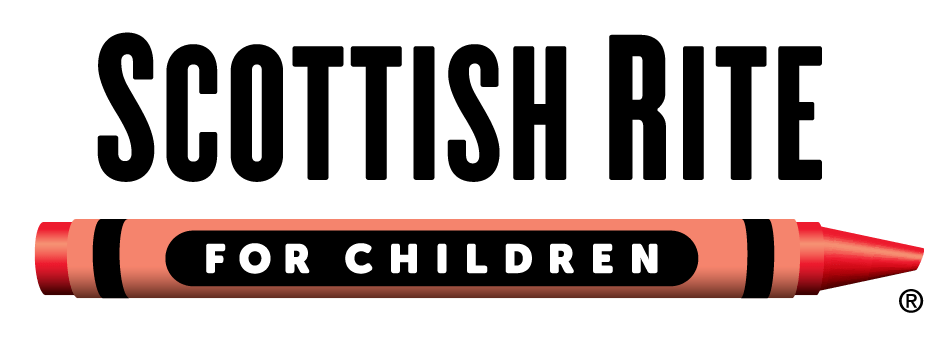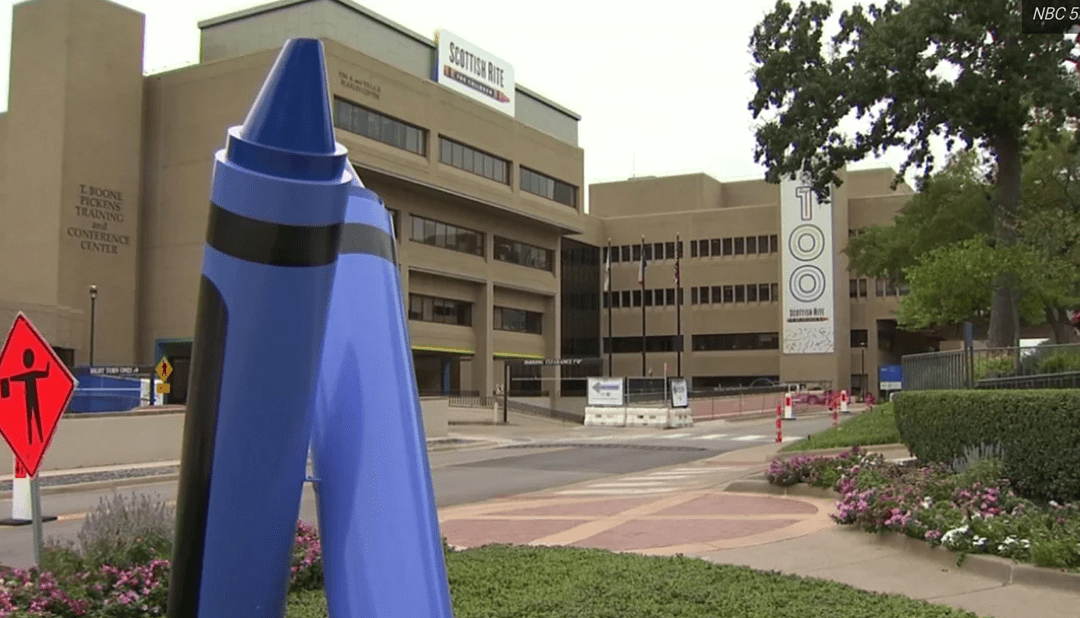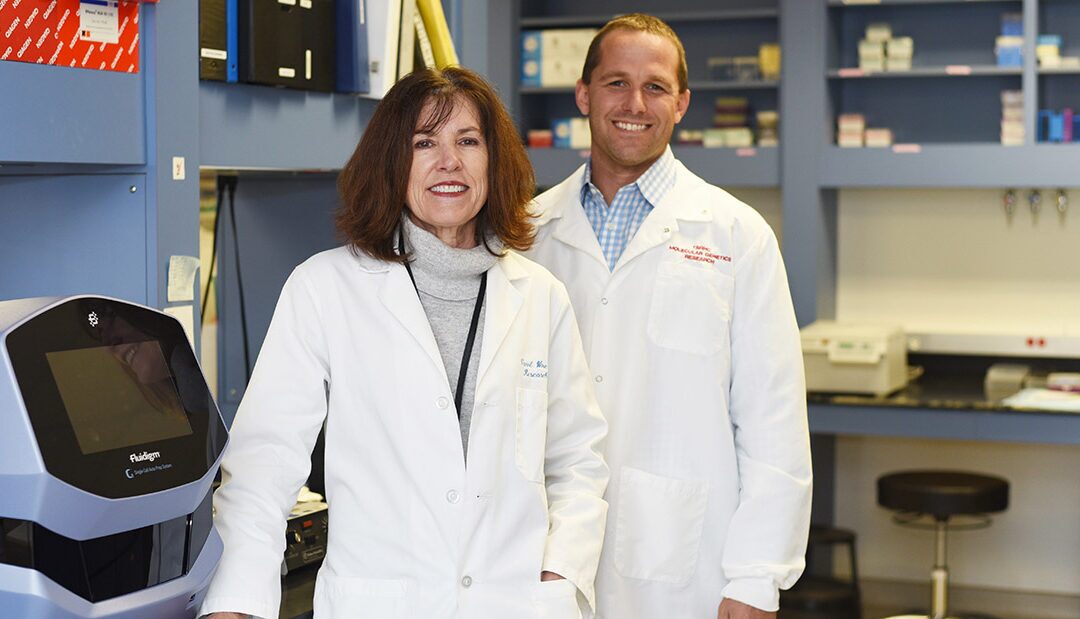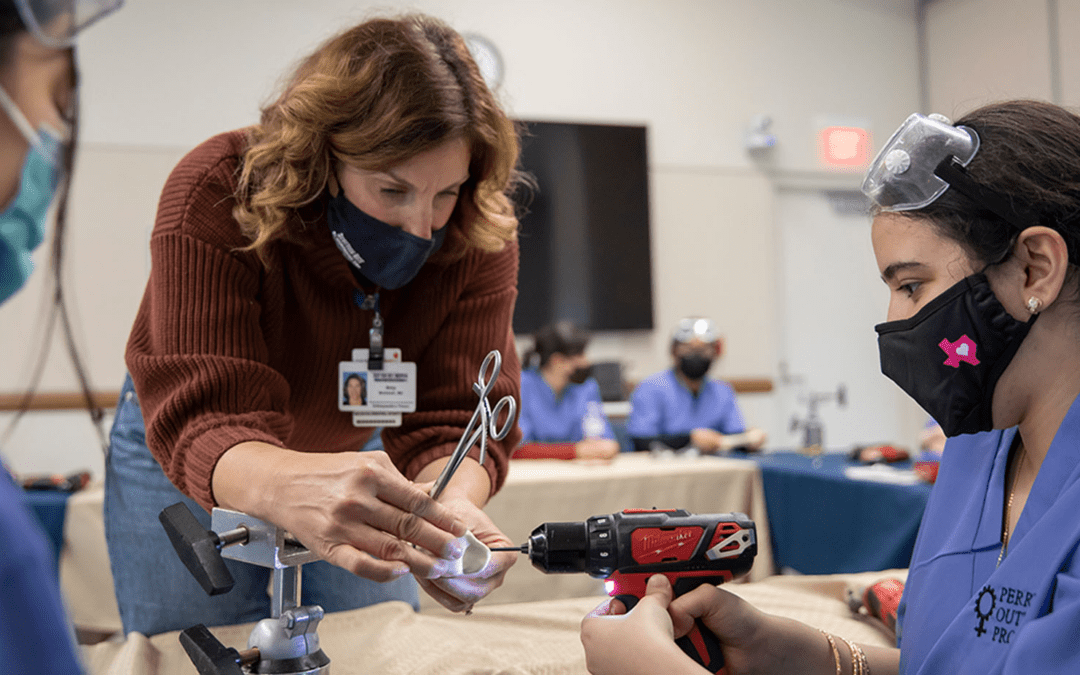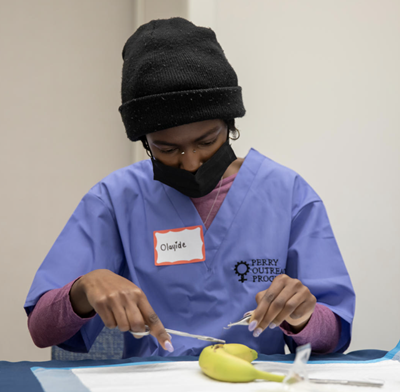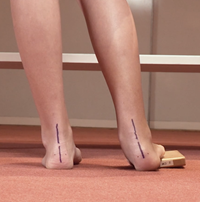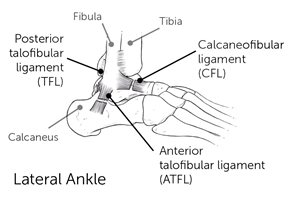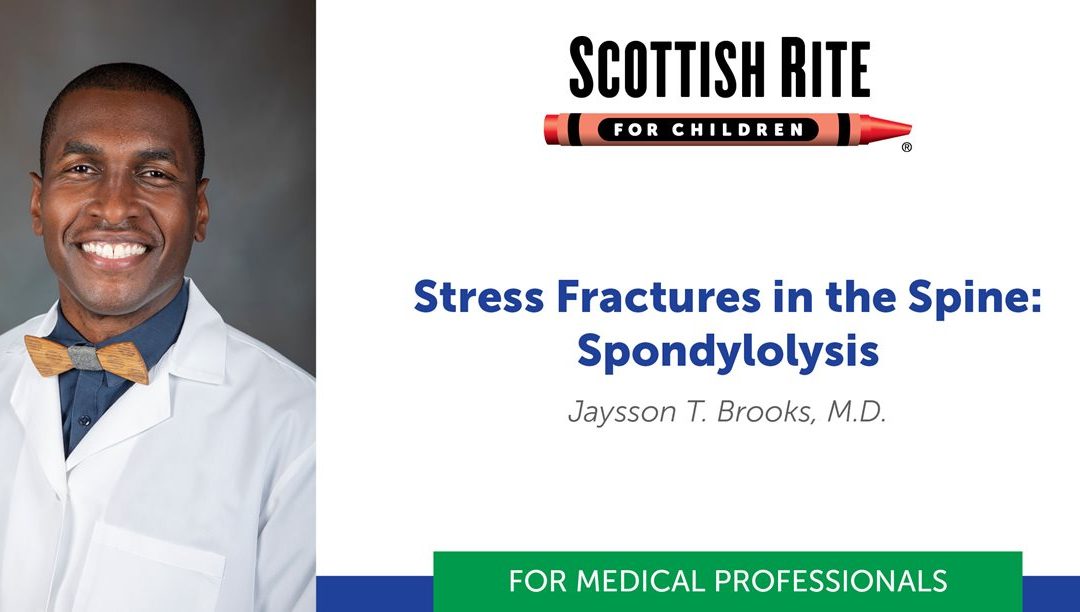
Inaugural Pediatric Musculoskeletal Ultrasound Conference Was a Success!
We hosted 28 attendees from across the country, including two former Scottish Rite for Children fellows (orthopedics and rheumatology). Participants left telling us they were likely or very likely to recommend this conference to colleagues. Attendees represented a wide variety of professions and specialties including physicians in family medicine, sports medicine, rheumatology and radiology as well as an athletic trainer, physical therapist and sonographer.
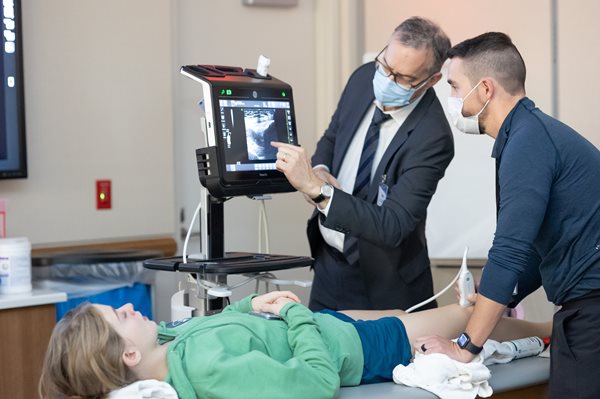
“Scottish Rite is not only defining but also introducing the use of MSK US in this population to providers across the country. This conference was exceptional from the planning to the delivery, to having live pediatric models. There are no other ultrasound conferences focused on pediatrics.”
— Guest Faculty – Jon A. Jacobson, M.D.
The guest faculty Jon A. Jacobson, M.D., is a board-certified diagnostic MSK radiologist at Lenox Hill Radiology in New York City, New York. He completed a Bachelor of Science in Biological Science at Wayne State University and his medical degree (MD) at the Wayne State University School of Medicine. He completed a diagnostic radiology residency at Henry Ford Hospital and a MSK radiology fellowship at the University of California San Diego (UCSD). He has served as section chief of Musculoskeletal Radiology at the University of Michigan and the University of Cincinnati.
Unlike any other program offered today, this pediatric-focused program offered didactic lectures alternating with hands-on sessions. In the scanning sessions, pediatric models, ranging from ages 5 to 15, gave attendees the opportunity to practice scanning normal anatomy as well as several patients with active juvenile idiopathic arthritis. The procedural scanning session employed tofu, olives and ham to offer practice for performing ultrasound-guided injections.
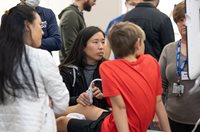
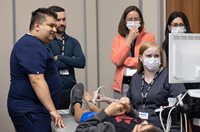
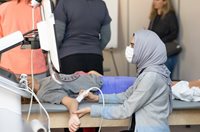
We Asked Attendees: What do you consider to be the best part of the program?
“The program is very organized, the hands-on sessions being throughout the day is a great idea.”
“Ample hands-on practice with different faculty, pediatric US models with specific pathology findings.”
“Good flow between lecture and hands-on, good amount of time spent in each. Kept basic but flexible to the level of the learner.”
“Hands-on experience with awesome mentors. Love the combo of lecture to US to lecture to US to break up the day.”
“Thank you! Stellar Faculty!”
“Hands-on focused course with small groups was great.”
“Hands-on seeing actual pathology and practicing hands-on injections.”
